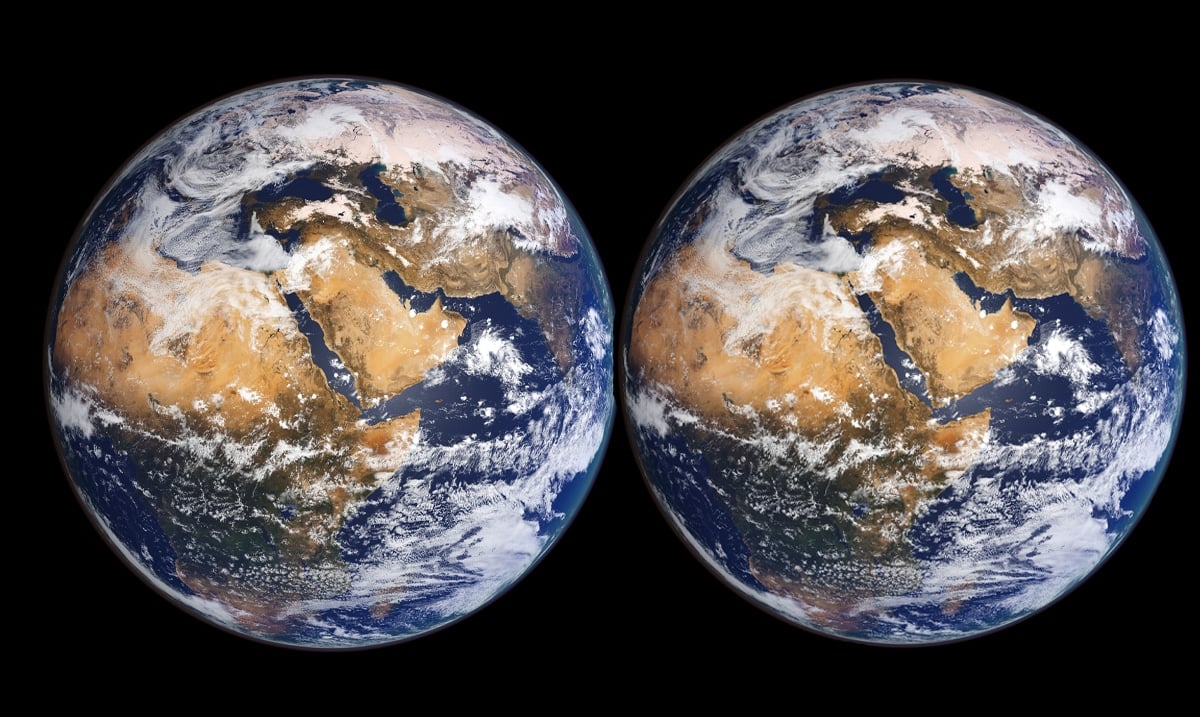For many years, scientists have worked to look for similar planets to Earth, and just four years ago, they discovered an exoplanet orbiting the nearest star to the sun, Proxima Centauri. Upon discovering the exoplanet, they began to work to gather information about it to confirm its similarities to Earth and this is what they found.
The planet is named Proxima Centauri b, and the information gathered by researchers at the University of Geneva was published in the journal Astronomy & Astrophysics in May of 2020.
While scientists have observed a variety of Earth-sized planets throughout the years orbiting distant stars, this is the first one that has been found so close. At just 4.2 light-years away, Proxima Centauri b has a mass that is very similar to Earth at around 1.17 Earth masses.
The orbit around its star takes 11.2 days, in comparison to the 1-year orbit we take around the Sun. Put simply, this means that Proxima Centauri b is much closer to its Sun than we are to ours.
However, its sun is a red dwarf which is quite a bit cooler and even smaller than our sun.
To gather data about the planet, the research team used the Echelle Spectrograph for Rocky Exoplanet and Stable Spectroscopic Observations, which is otherwise known as ESPRESSO. ESPRESSO is a Swiss spectrograph that is mounted on the European Southern Observatory’s (ESO) Very Large Telescope in Chuli.
Spectrographs are used to observe objects and split the light that comes from the objects into wavelengths, which allows researchers to observe them more closely.
PCB was discovered by another spectrograph known as HARPS.
“We were already very happy with the performance of HARPS, which has been responsible for discovering hundreds of exoplanets over the last 17 years,” explained co-author of the study Francesco Pepe. “We’re really pleased that ESPRESSO can produce even better measurements, and it’s gratifying and [a] just reward for the teamwork lasting nearly 10 years.”
“ESPRESSO has made it possible to measure the mass of the planet with a precision of over one-tenth of the mass of Earth,” Michel Mayor, a Swiss astrophysicist, and Nobel Prize winner explained in a statement. “It’s completely unheard of.”
While the discovery and confirmation of the planet was “an important risk,” according to lead author, Alejandro Suarez Mascareño, he says that it’s one of the “most interesting planets known in the solar neighborhood.”
The discovery and confirmation of PCB are extremely exciting, however, there is more information needed about the planet. Currently, scientists remain unclear as to whether PCB has an atmosphere. Due to that, scientists are concerned that the planet may not be able to hold water.
Further observations are currently in-store using the 39-m ESO E-ELT telescope to investigate further to see if the planet could be inhabitable. If it is, this could be a truly amazing discovery!
If you want over 200+ ideas, phrases, and text messages to drive your man wild with desire for you, make sure to check out my new program, Language of Desire. I give you step-by-step instructions and tons of exact words to use to get exactly what you both want in and out of the bedroom.
P.S. The reason so many men “pull away” from women is because
women don’t understand this naughty secret about men. . .


